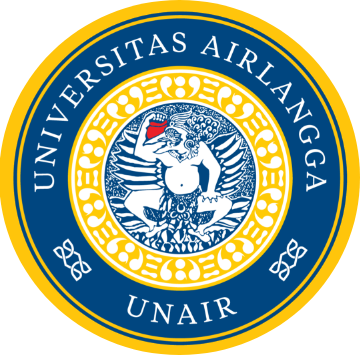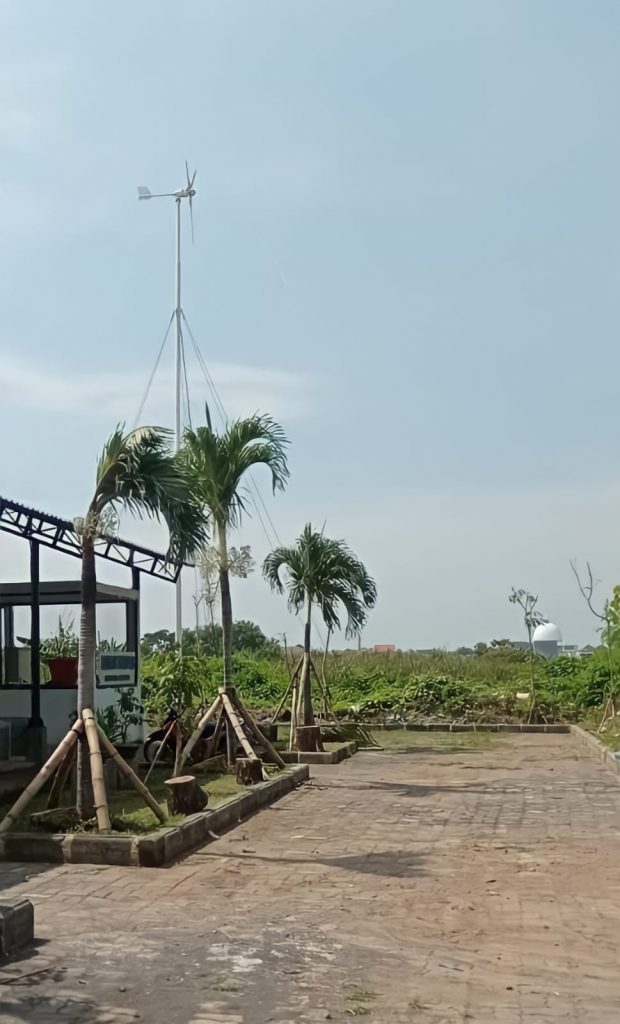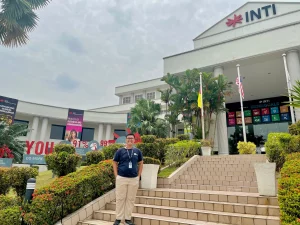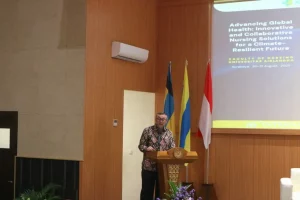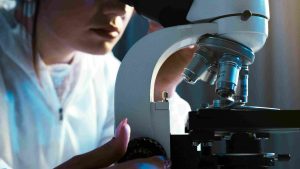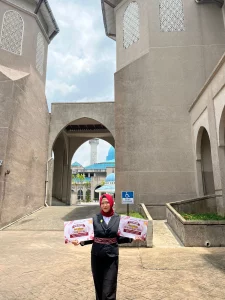UNAIR NEWS – Universitas Airlangga (UNAIR) is currently developing wind turbines as a source of energy. It is also an effort to use new, renewable energy and reduce fossil fuels dependence.
Director of Logistics, Security, Order, and Environment (LKKL) UNAIR Dr. Karnaji SSos MSi initiated the construction of the wind turbine. It took at least one month for Karnaji and his team to complete the project. The wind turbine is a savonius horizontal type that can follow the wind direction.
“Wind turbines are one of the fastest-growing renewable energies. One of the benefits is that it can reduce dependence on fossil fuels which are depleting. In addition, the use of wind turbine can also reduce greenhouse gas emissions,” explained Karnaji on Tuesday, June 28, 2022.
It requires a very long period of time for nature to provide fossil fuels. Karnaji emphasized that the increasing use of fossil fuels in all sectors, in addition to reducing the existing energy reserves, also led to massive production of CO2 gas emissions.
“We started working on it in November 2021 and finished one month later. The wind turbine is located in the MERR (C) Campus compost house area. It was developed there to provide electricity for the grinding machine and other machines in the compost house owned by UNAIR,” he said.
How wind turbine works
The presence of a wind turbine in the compost house will later become the center of a green energy area. All activities there will fully use this technology.
The way it works is also quite simple. Karnaji explained that the wind would rotate the rotor blades of the generator at the back of the turbine and will produce electrical energy.
Before it can be useful for distributing electricity, the electrical energy will be stored in the battery first. The wind turbine has a capacity of 1000 watts with a storage capacity of 4000 watts.
“The making of this wind turbine is also an effort to implement the Sustainable Development Goals (SDGs), which are being encouraged around the world. The wind turbine as learning media for students who are interested in SDGs number 7, namely Affordable and Clean Energy,” he explained.
UNAIR fully supports the achievement of sustainable development goals (SDGs). This is UNAIR’s commitment to implement the Tri Dharma of Higher Education related to educational and research development facilities. “For this reason, this year, we will develop more wind turbines in several faculties of UNAIR,” he said. (*)
Author: Fauzia Gadis
Editor: Binti Q. Masruroh

